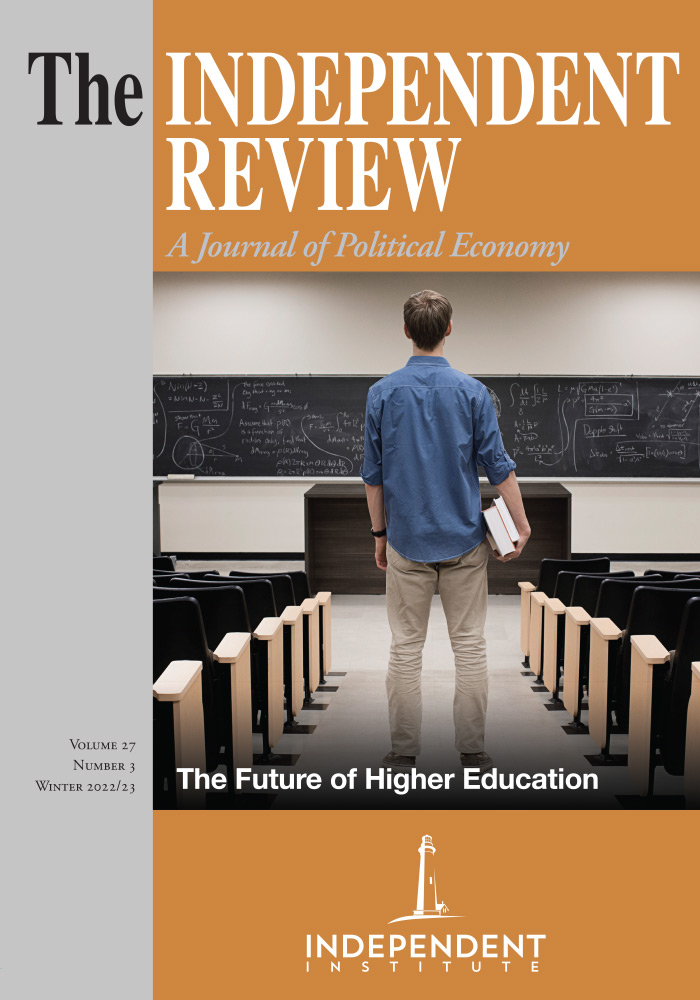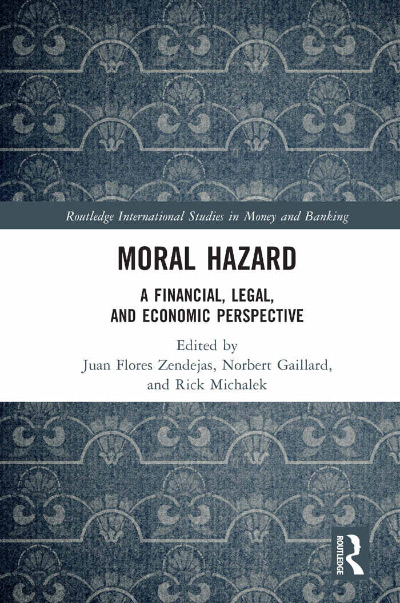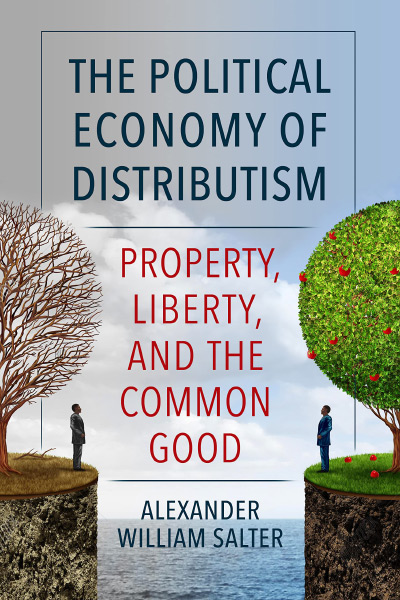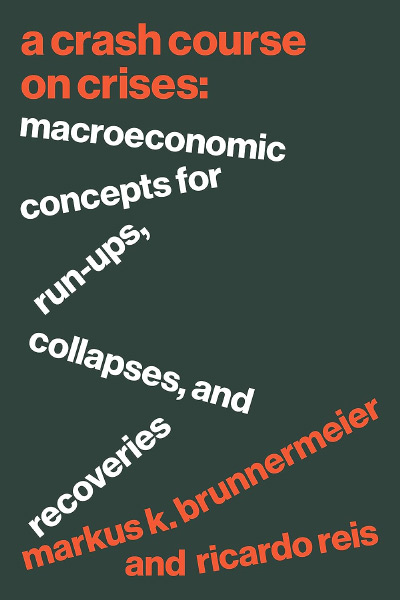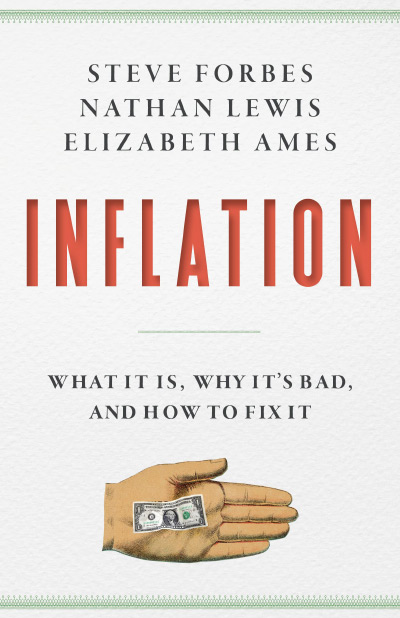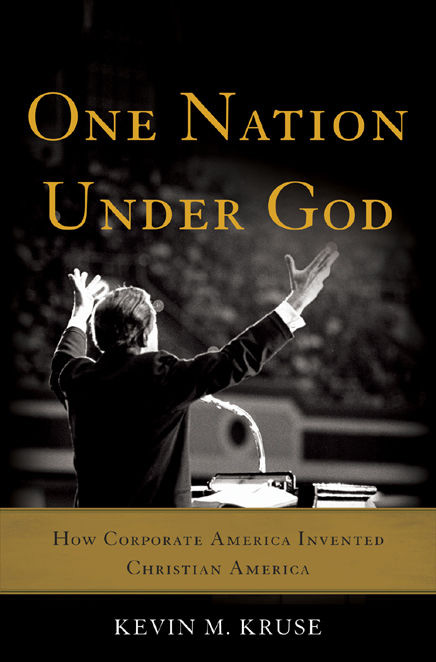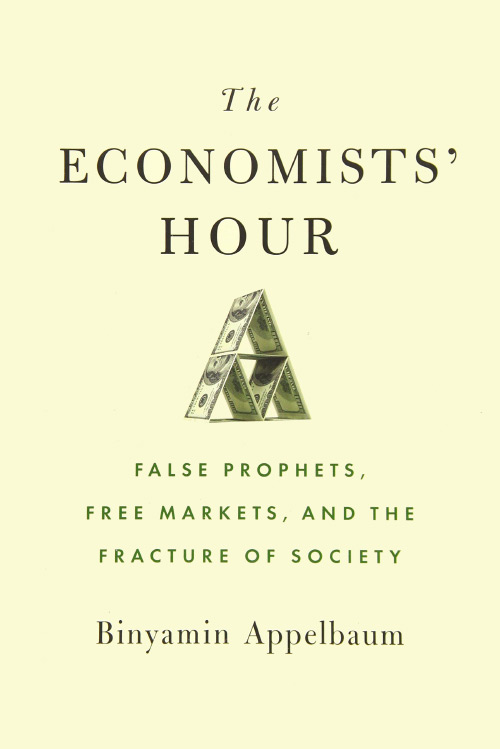This book is a collection of essays discussing aspects and particular cases of moral hazard. The main focus is on how government intervention in the financial system and related industries can lead to moral hazard, which the editors define as “the reduced incentive to protect against risk where an entity is (or believes it will be) protected from its consequences” (preface).
This review summarizes the individual chapters with added commentary on what I think is right, wrong, or missing. I will start with the financial sector and industry case studies before returning to the moral and ethical questions.
Chapter 3, “Moral Hazard and Lending of Last Resort,” by Stefano Ugolini outlines the debate between Walter Bagehot and Thomson Hankey at the origin of central banking and the doctrine of last resort lending. Bagehot, while skeptical of central banking in general, argued that given the existence of such a bank, it should be obligated to act as a last-resort lender but only under strict conditions such as requiring good collateral and not lending to unsound banks. Hankey opposed such activities on the grounds that central banks, in particular the Bank of England, are unlikely in practice to maintain a strict policy as Bagehot recommended. Indeed, Ugolini finds that Hankey was largely correct that modern central banks have not adhered to Bagehot’s rules for last resort lending, just as my coauthors and I found regarding the Federal Reserve’s actions in the 2008 financial crisis (Thomas L. Hogan, Linh Le, and Alexander William Salter, 2015, Ben Bernanke and Bagehot’s Rules, Journal of Money, Credit and Banking 74, no. 2/3: 333 – 348). Ugolini also argues, rightly in my view, that last resort lending is often inappropriately modeled in the economic literature as a form of deposit insurance.
Two chapters extend the discussion of moral hazard from government intervention in financial markets. Chapter 7, “The Institutionalization of Bailouts, 1970 – 1984” by Norbert Gaillard and Rick Michalek, documents the historical trends of government interventions, culminating in the rescue of financial institutions deemed “too big to fail” (TBTF). The authors trace this doctrine from the failure of Penn Central Railroad in 1970 through Franklin National Bank in 1974 to Continental Illinois National Bank in 1984, demonstrating the incremental steps by which TBTF became institutionalized as official policy. The authors note that this result “appears to run counter to economic as well as political liberalism” (p. 150).
Despite the title, “Design and Cost of U.S. Responses to the 2007 – 2009 Financial Crisis and the 2020 Covid-19 Pandemic” by Cheryl D. Block, chapter 9 does not adequately account for the costs of moral hazard created by government intervention. The chapter shows how emergency lending facilities in both crises were thrown together ad hoc rather than based on a predefined plan. Oddly, however, the author states that “the Federal Reserve’s COVID crisis interventions may cost the government little or nothing—and may even result in profits” (p. 191). While that may be true in a strict accounting sense, it understates the costs of intervention such as institutional uncertainty discussed in the chapter as well as in my own research (Nicolás Cachanosky, Bryan P. Cutsinger, Thomas L. Hogan, William J. Luther, and Alexander W. Salter, 2021, The Federal Reserve's Response to the COVID-19 Contraction: An Initial Appraisal, Southern Economic Journal 87, no. 4: 1152 – 1174).
Chapters 5 and 6 focus on international last resort lending. “The International Lender of Last Resort between Scylia and Charybdis” by Juan Flores Zendejas and Norbert Gaillard tracks the evolution of unofficial international last resort lending, highlighting the effects of both debtor and creditor moral hazard from the nineteenth century Pax Britannica up to the current day. This includes early central banks and the League of Nations as well as more recent institutions such as the World Bank and International Monetary Fund (IMF). “Moral Hazard at the IMF: An Analysis of the Fund’s Policies and Status” by Giuseppe Bianco focuses on the tools used by the IMF to minimize moral hazard from sovereign debtors, their creditors, and the IMF itself. Both chapters discuss methods of limiting moral hazard while acknowledging that significant risks remain. They provide valuable historical accounts, but I think they understate the moral hazard created by government sponsorship of these nongovernmental entities with no adequate means of monitoring or punishing irresponsible lending practices.
Chapter 4, “Moral Hazard in the Export Credit Industry” by Aline Darbellay and Norbert Gaillard, focuses on the activities of export credit agencies (ECAs) and export-import banks (EIBs), especially the U.S. Export-Import (ExIm) Bank. ECAs and EIBs have proliferated over the past century despite suffering moral hazard from both financial and political means. The problems are illustrated using the U.S. ExIm Bank, which faces moral hazard from foreign debtors and domestic exporters as well as from the U.S. Congress. A major source of these distorted incentives is that these entities tend to be political in nature rather than economic. As the authors describe, “ECAs and EIBs are still a foreign policy tool and their programs continue to benefit only a very few economic sectors” (p. 57).
Chapter 8, “Varieties of Moral Hazard in the Global Automobile Industry” by Fumihito Gotoh and Timothy J. Sinclair, argues that national auto industries are subject to moral hazard from government policies as well as “short-termist financial capitalism.” Because it was partly state-owned, the French automaker Renault exposed taxpayers to unnecessary and unmonitored risk in its acquisition of Japanese Nissan. The strange example of “financial capitalism” causing moral hazard is that General Motors (GM) failed to adequately invest in research and development due to excessively generous healthcare and retirement benefits for its workers. It is unclear, however, why capitalism should be faulted for this mistake, if it is moral hazard at all, since the decision was motivated by poorly structured tax incentives that favor employer-based healthcare over competitive provision.
I found the least convincing chapter to be Rutger Claassen’s “The Ethics of Moral Hazard Revisited.” Claassen argues that insurance contracts form a fiduciary duty between the insured and the pool depositors. However, this structural description is surely a very limited case. The author argues that “[m]any private insurance schemes fit this description” (pp. 25 – 26), but it most aptly applies to a small subset of mutual insurance cooperatives and is irrelevant for bilateral contacts or financial instruments. The chapter sets up a “public policy trilemma” and assumes public insurance to be a “moral requirement” (p. 30), but it provides no evidence for this assumption and ignores the real-world costs of public insurance programs.
This brings me to a few ambiguities I noticed repeatedly throughout the book. First, there is no consistent distinction between private and government-mandated moral hazards. A review of the literature on deposit insurance (see Thomas L. Hogan and Kristine Johnson, 2016, Alternatives to the Federal Deposit Insurance Corporation, The Independent Review 20, no. 3 [Winter], 433 – 454), for example, finds that government deposit insurance programs are more affected by moral hazard and exhibit higher rates of bank failures and financial crises relative to their private counterparts. Second, the book often mentions “social costs” or “social welfare,” but I found this language confusing. In many cases of moral hazard, one group is harmed, and another gains. Why not be specific about the winners and losers? Third, I found the book’s definition of moral hazard to be a bit vague. Seatbelts, for example, fit the definition of “the reduced incentive to protect against risk where an entity is (or believes it will be) protected from its consequences,” but they do not exhibit asymmetric information as typically associated with moral hazard. It would have been helpful to have more discussion and examples of what is and is not moral hazard.
Overall, I found the book more useful for the factual examples and historical case studies than for learning generally about moral hazard. Readers should read with a skeptical eye, as many of the chapters fail to fully recognize the costs of the supposed solutions to government-induced moral hazards.
| Other Independent Review articles by Thomas L. Hogan | |
| Winter 2023/24 | How Monetary Policy Got behind the Curve—and How to Get Back |
| Winter 2019/20 | Financial Exclusion: How Competition Can Fix a Broken System |
| Winter 2015/16 | Alternatives to the Federal Deposit Insurance Corporation |

